Sun is one of those performances that confront reviewers with the eternal dilemma of whether or not it is appropriate to give things away. Yet a reference to what is a powerful coup de théâtre — namely a life-sized hanged hooded man falling from the rigs at the end — has to be made to appreciate what it is all about. The problem is that, according to some reports, that same coup de théâtre disappeared the night after Sun opened, thus turning the dance into something completely different from what had been previously seen.
Hofesh Shechter, one of today’s most provocative and innovative dance- and performance-makers, likes to surprise, often in an unsettling way. As soon as the lights go down at the start, his voice invites viewers to take a peep at the ending of the work, to reassure them that, grim as things might look, there is a happy ending after all — and the sun is always shining, as one would say.
Starting with the finale confounds well-rooted traditional notions of theatre and creates expectations. After all, the dynamically vibrant image we are given first remains firmly imprinted in our minds as a set point of arrival throughout the performance. Once back at the ‘proper’ beginning, we are introduced to a frenzied crescendo of reiterated images. Yet, though repeated, the various ideas are never identical, as new elements are introduced all the time, whether they be an almost imperceptible change to the movement, or more obvious visual or aural ideas. Viewers, therefore, are bombarded with a multiplicity of ideas and stimuli, including the bemusing, though creepy at times, use of life-sized cut-outs portraying sheep and natives of faraway lands, as well as single figures presenting potential threats to both, namely a wolf, a conqueror or a hoodie — today’s stereotypical threat to society. But each threat, greeted by the screams of a planted performer in the audience, fails to turn into an attack on innocent flocks. The cut-outs merrily stroll along, comically and not so comically, with notes from different scores, to join together in a sort of naïve carousel at the end.
Easy-to-interpret metaphors abound, mingling more or less seamlessly with contagiously engaging moments of dancing. The use of a sunny-haze light effect is as predominant as the recurring percussion beats, which underscore the most vibrant moments of the dance text.
Altogether, these three key elements speak of Mediterranean cultures, of places where dancing is not always just joyful entertainment, of cultures that are about to be swept off the face of the earth in the name of so-called civilisation. Visually intriguing as they might be, all these images come with palpably darker undertones, and even the previewed finale is not as happy as one would think. Which is where, on the opening night, the hanged body of the hooded man came in, as a rather shocking memento of things we prefer to ignore. Indeed, the hanging dummy left many perplexed, as indicated by the tentative applause that replaced what might otherwise have been an enthusiastic ovation. Personally, I thought it added an unpredictability to the predicted finale, though I agree that it could also be regarded as a sensationalist stunt. Which is possibly why it was removed the following night — and it would be interesting to know what happened after that. From what I saw, the effect made you rethink the whole performance, its meanings and its crescendo. This might not be Hofesh Shechter at his best, but it is certainly worth seeing.
Got something to add? Join the discussion and comment below.
Get 10 issues for just $10
Subscribe to The Spectator Australia today for the next 10 magazine issues, plus full online access, for just $10.
You might disagree with half of it, but you’ll enjoy reading all of it. Try your first month for free, then just $2 a week for the remainder of your first year.

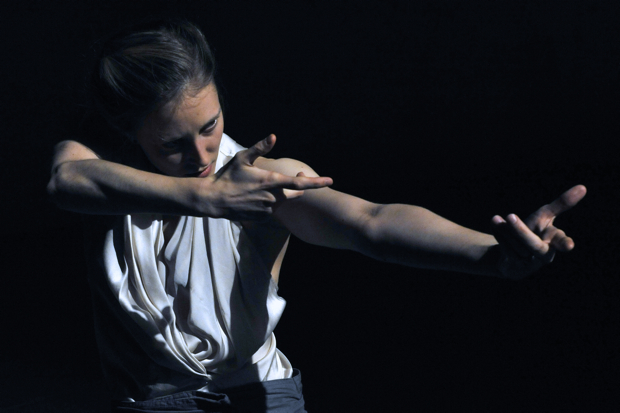
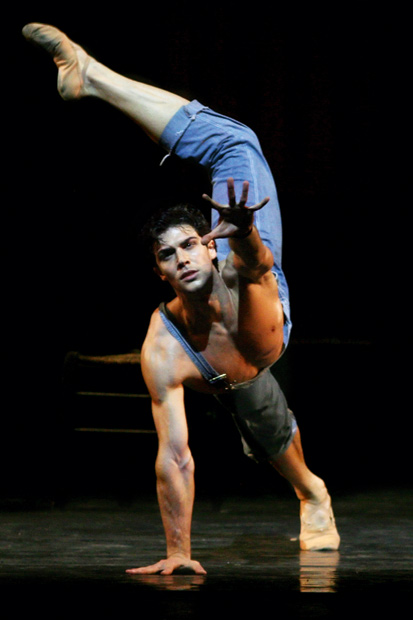
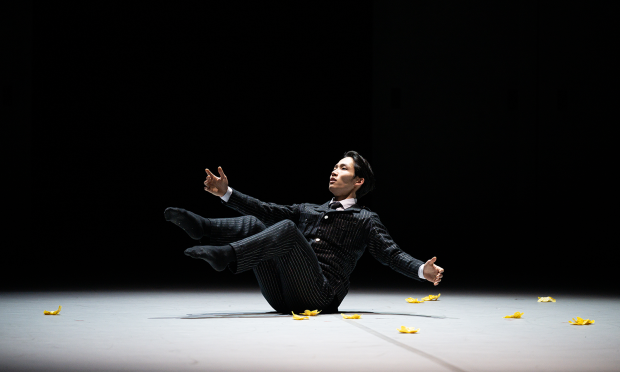
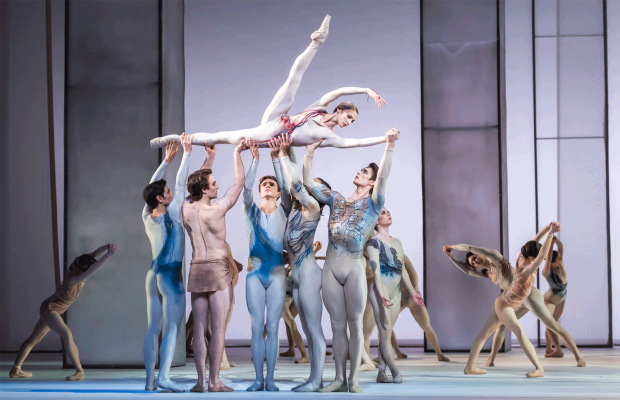
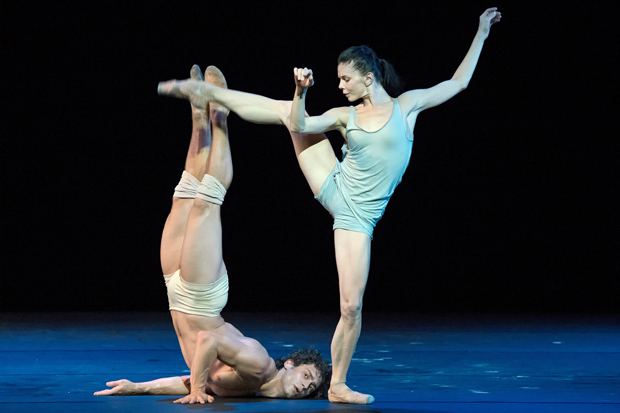
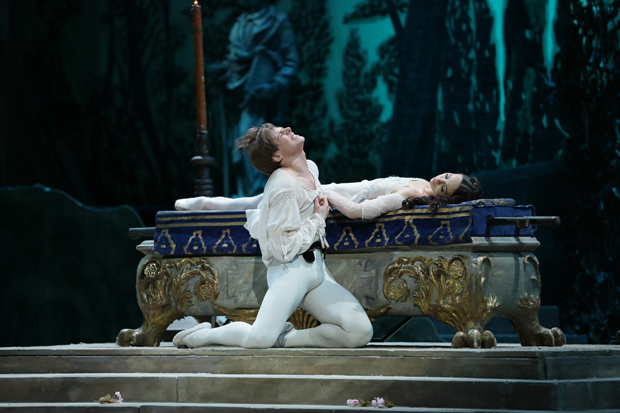
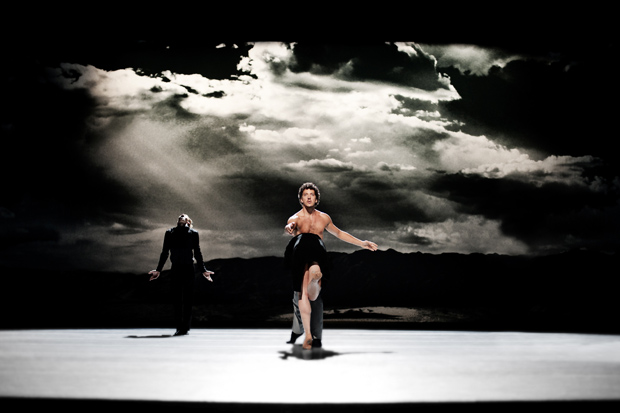






Comments
Don't miss out
Join the conversation with other Spectator Australia readers. Subscribe to leave a comment.
SUBSCRIBEAlready a subscriber? Log in